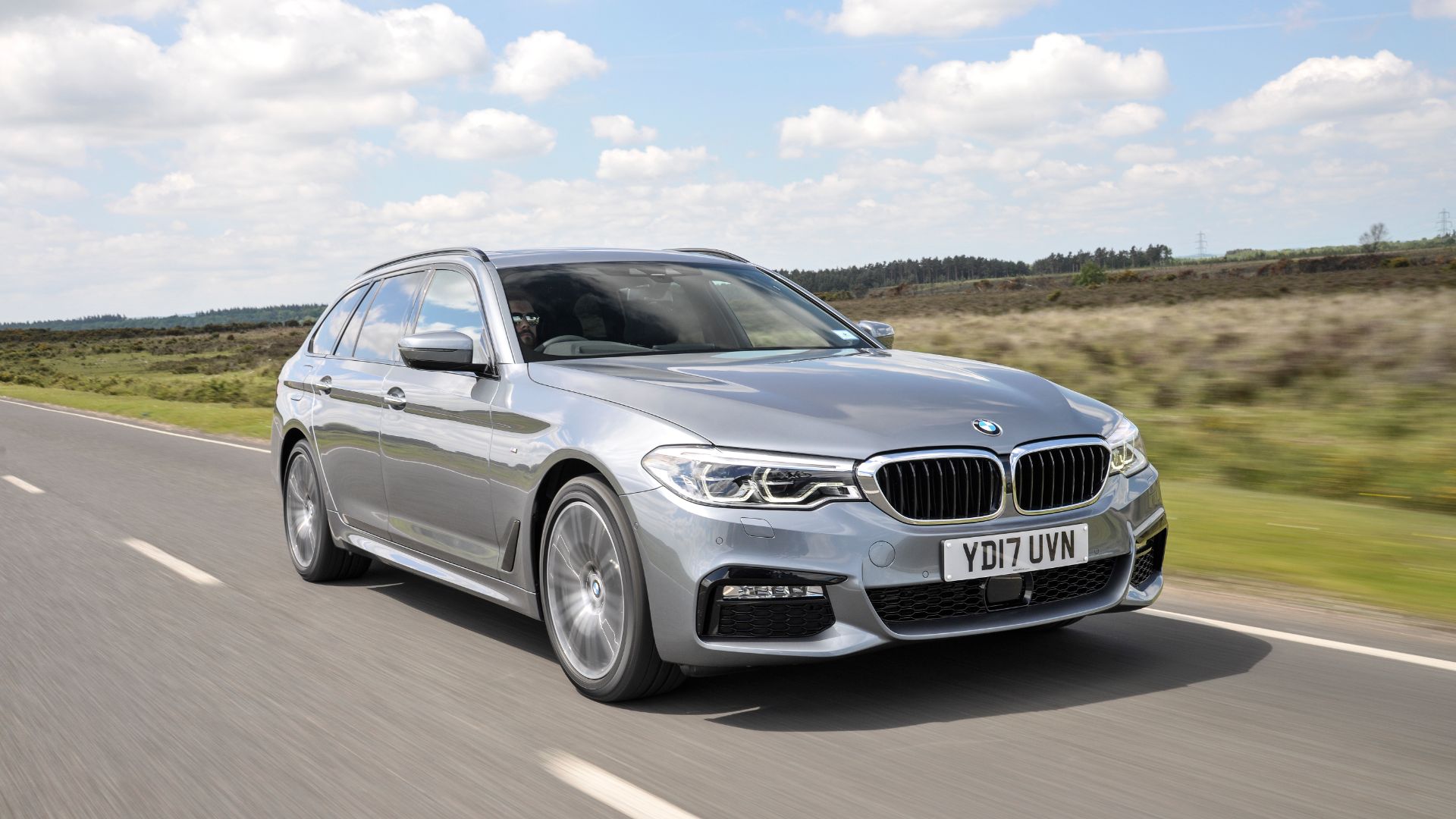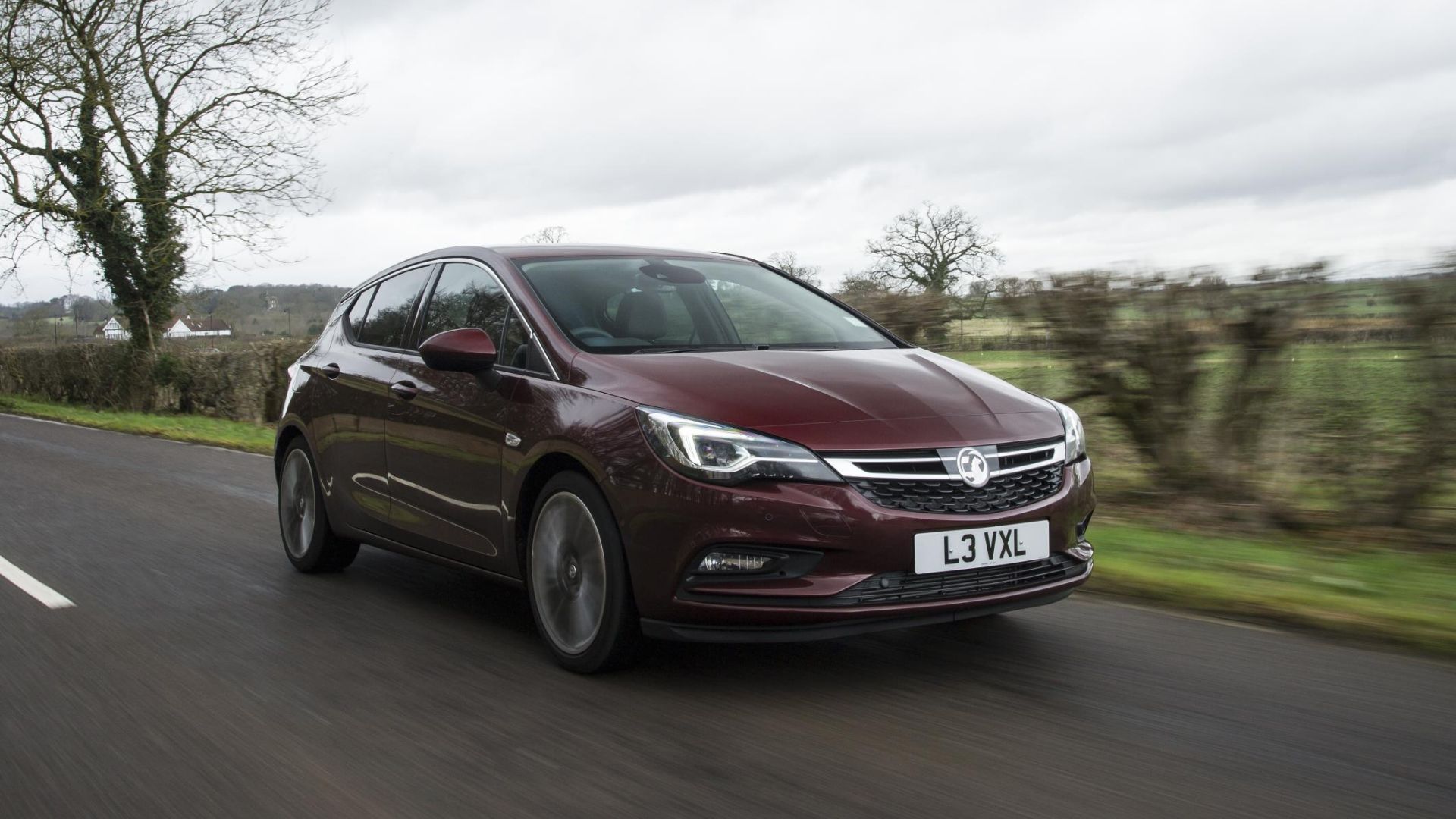
It’s a breath of fresh air, if you will, to report some positive news about diesel. ADAC, the German equivalent of the RAC, has uncovered just how clean new clean diesels can be.
The answer? They’re all but NOx-free, with results indicating new Euro 6d diesels are, on average, over eight-times cleaner than the on-road standard, as recorded over a variety of tests.
ADAC has been stringently testing some modern diesels for emissions, using new test conditions and methodology, as well as real-world testing, to yield results that better represent what these cars are actually emitting. They’re promising, with NOx and CO2 readings coming back well within mandated limits.
Putting diesel to the test
On top of the new testing procedures, ADAC added an extra level of difficulty. The cars tested, which included a BMW X2, Peugeot 308, Volvo XC60 and more, were loaded up with 200kg of weight, had the air-con put on full blast and were subjected to a highway cycle. Included in testing was a measurement of exhaust gases during average on-road driving. No cheating the system here…
Not that it would be necessary. As above, the new clean diesels flew through without a hitch. For reference, the regulatory high standard (on a test bench) we’re looking for is below an average of 80mg/km. For road testing, it’s 168 mg/km.
The latest cleaning technology, including selective catalytic reduction and on-demand urea injection, kept the cars comfortably within nitrogen oxide standards. The BMW and Peugeot, running the 20d diesel engine and 2.0 BlueHDi engine respectively, both Euro 6d standard, were particular star performers.
The Peugeot in the WLTC test, Real Drive Emission (RDE), ADAC Ecotest and Autobahn test, got a high recording of 45 mg/km. The BMW got a high of 84 mg/km during the Autobahn testing but massively excelled in the other tests, with a low of just 13 mg/km in the WLTC test.
Both the Peugeot and the BMW produce averages well under 80 over the course of a strong variety of tests, including on-road testing. The Volvo didn’t have it quite so easily. The first three tests saw it perform adequately, but the Autobahn test saw a spike, at 239mg/km. The cause? Good old consumption of fuel – the Volvo used over a litre/100km more than the Peugeot and the X2 during the ADAC Ecotest.
Cold weather NOx testing – almost ZERO?

Cold weather is generally considered to worsen NOx emissions. Tests that included a BMW 520d touring, Citroen Berlingo BlueHDi and an Opel Astra 1.6 D yielded some incredible results.
All three scored under 10mg/km of NOx. The BMW and the Astra registered just one mg/km. The Citroen scored seven mg/km. The highest score out of seven cars tested, by 16mg/km, was the Volvo, with 56 mg/km.
So what’s the overall result?
Overall, the average NOx recording for Euro 6d TEMP-standard diesel cars, over the course of a variety of tests including lab conditions, the real world and cold-weather, was 20mg/km. The real world standard is 168 mg/km. There you have it. An on-average standard that’s 8.4-times lower than the real world standard.
Oh and it gets better. Electric battery cars have only 1,5% of the efficiency of a gallon of diesel and turns out they produce 40 times more pollution than near zero diesel according to not only the us departof energy but the EPA and the EU equivalents leaving many battery car proponents asking tough questions to electric car manufacturers. To top of off you don’t need to strip mine for 90% of the required minerals ores arc to make a lithium ion battery. I guess the argument battery cars made about efficiency and pollution when it came to hydrogen cars is being rubbed in a salty wound with sand paper given the disparities in energy and efficiency between diesel which is number one for all fuels and batteries which comes in at last place